Engaging students who struggle with behavioral issues or giving honors students the challenges they need may be opposite sides of a coin. But educators who trained in Project-Based Learning under our Remake Tomorrow grant found PBL a powerful tool for reaching both.
Amy Goetzman, an 8th grade English teacher in Baldwin-Whitehall School District, and Christopher Anastas, a 9th grade Social Studies teacher in Hampton Township School District, both deployed PBL in their classrooms during the past school year.
Goetzman had tinkered with PBL on her own while teaching middle school math. But after switching this year to English Language Arts and an 8th grade class of kids with behavioral problems, she took our PBL training and went full bore, supporting them as they did projects around novels including To Kill a Mockingbird, The Copper Sun, and The Long Way Down, and around themes like “Words Have Power” and the children’s book, “The Best Part of Me,” among others.
Anastas paired his 9th grade honors geography students with a colleague’s honors English class in cross-curricular projects aimed at making recommendations to municipal leaders on improving their township.
“I loved our instructors,” Goetzman said, noting that she learned a lot from interaction with other educators as well, while getting a grasp of important PBL principles like “student voice and choice.”
Her students thrived on PBL.
“They just loved it,” she said, “They were creating things,” with media ranging from journals, art supplies, and slides to decoupage and digital images. Among other projects, the students used jam boards to assemble elements needed to write research papers, and they wrote their own closing arguments for Atticus Finch when they finished To Kill a Mockingbird.
“They just went with it,” Goetzman said, adding “They understood the novel better than kids who just take the test.”
Goetzman’s students kept telling her they thought her class was easy. “But it wasn’t, it was hard” she said, adding that students were learning everything they needed to meet standards.
“They were learning concepts; they were getting all the skills they’re supposed to—the difference was they got to do it the way they wanted to do it.”
For example, a student sent to Goetzman’s class at mid-year because of behavioral problems created a music playlist that she used to explain various characters in the The Long Way Down.
Goetzman gives lots of credit to the way PBL incorporates “student voice and choice.” Underscoring the point, one of her most difficult students came to thank her at the end of the year, saying the class helped her realize “I don’t always have to have the last word to be heard.”
“In all my years of teaching, I’ve never gotten the bonds that I had with this group,” Goetzman said.
“I’m certain it (PBL) made the difference,” she added, noting that, for her, “It was a powerful year.”
Anastas’ honors class also took PBL and ran with it. “Our students loved the opportunity to brainstorm, research, pitch to stakeholders, and meet with prominent members of their community to discuss their projects,” he told the Consortium’s PBL instructors in an email.
“A couple of our students are actually going to be meeting with landowners and members of the township council to further discuss their ideas,” he said.
Their school featured the cross-curricular experiment on its website.






